- Author: Jeannette E. Warnert
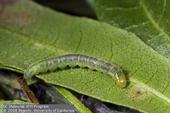
USDA scientists released 3,000 sterile light brown apple moths yesterday in a Carneros vineyard, according to an article in the Sonoma Index-Tribune. The scientists hope that flooding the environment with sterile moths will prevent females from mating with normal moths and producing offspring.
Reporter Emily Charrier-Botts wrote that UC Davis entomologist James Carey does not expect the program to be successful. He said releasing sterile insects has eradicated only one pest in history - the screw-worm fly. (Screw-worm fly maggots, a livestock pest, feed on...- Author: Jeannette E. Warnert
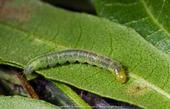
The panel, convened by the National Academy of Sciences, includes UC Berkeley entomologist Nicholas Mills. He acknowledged in the article that assessing the potential threat of an invasive species is a very difficult thing to do, and expressed concern about USDA's information gathering efforts.
"We found that people in the agency were sometimes using their best guesses,...
- Author: Jeannette E. Warnert
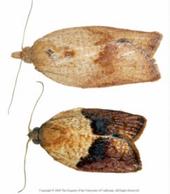
Meanwhile, two UC scientists are saying the CDFA's LBAM eradication test scheduled for August in Napa and Sonoma counties is unnecessary and destined...
- Author: Jeannette E. Warnert
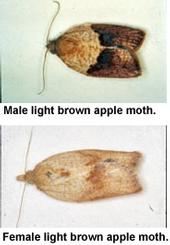
The California Farm Bureau newspaper AgAlert posted more information today about Light Brown Apple Moth in a story that included extensive quotes from UC Cooperative Extension farm advisor Mark Bolda.
Bolda told AgAlert assistant editor Kate Campbell that LBAM larvae and webbing were found in a Santa Cruz County blackberry farm. About 20 percent of the crop has been lost.
"This the first time we've seen so many light brown apple moths in the field," Bolda was quoted in the article. "The damage is without precedent. As the moth is becoming more numerous in the area, we're starting to see...
- Author: Jeannette E. Warnert
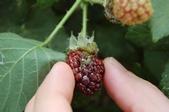
Santa Cruz UC Cooperative Extension farm advisor Mark Bolda reported in his blog, "Strawberries and Caneberries," that a local blackberry farm sustained severe damage from the Light Brown Apple Moth. According to Bolda's report, 20 percent of the crop was lost.
"This information is being provided in the interest of emphasizing to the grower community that this pest is not only a regulatory problem now, but is capable of becoming an economic problem as well," Bolda wrote.
On Monday, a story about the LBAM infestation in blackberries appeared in the



